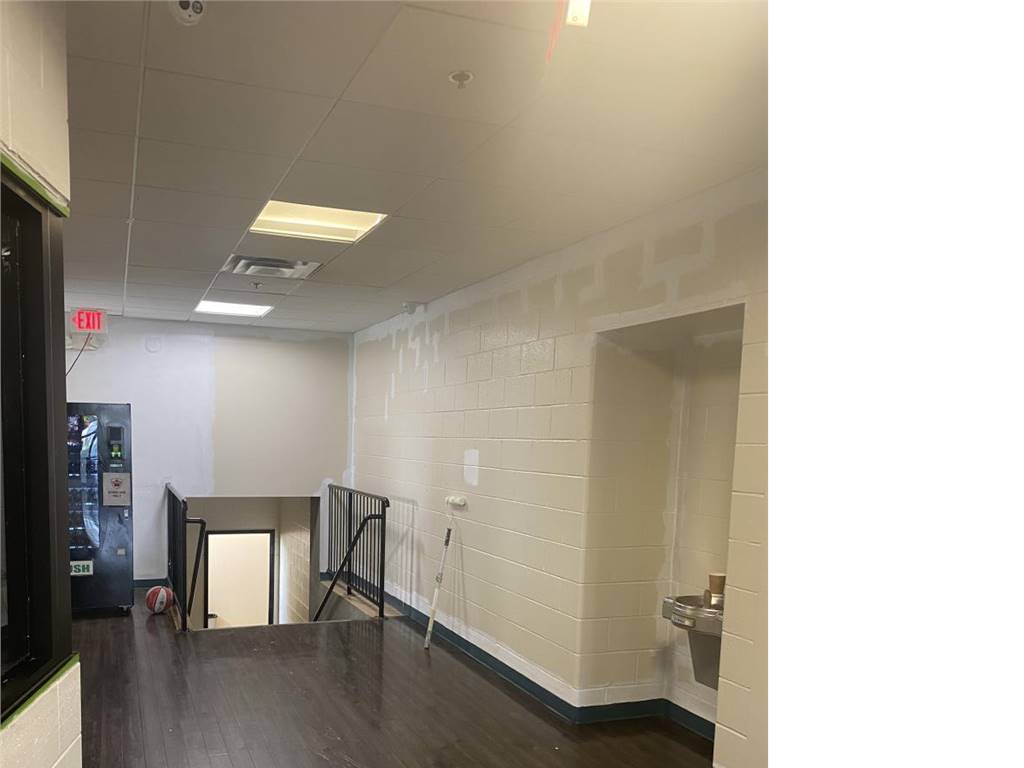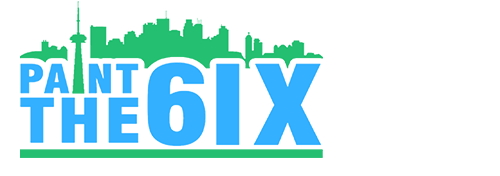
Drywall Issues That Need Attention: What You Should Know?
Are you in the process of painting your home? If you are, there are a few drywall issues that you should be aware of. By knowing what to look for, you can avoid costly repairs down the road. In this blog post, we will discuss three of the most common drywall problems and how to fix them. We hope that this information will help you paint your home with peace of mind. Thank you for reading!
Most Common Drywall Issues:
There are a few common drywall issues that can occur. These include cracks in the drywall, holes in the drywall, and bubbles in the paint. If you see any of these issues, you should repair them as soon as possible to prevent further damage to your drywall.
Cracks in the Drywall: Reasons and Solutions
There are many reasons for cracks in drywall, but some of the most common causes are settlement or movement of the framing lumber; thermal expansion and contraction of the drywall panel; changes in humidity that cause the wood framing to shrink or swell; fastening failures such as nails pulling out of the framing lumber or screws popping out of the drywall panel.
There are a few ways to repair cracks in drywall. One way is to use a caulk gun to fill the crack with silicone caulk. Another way is to use a tube of vinyl spackling paste. You can also use a putty knife to fill the crack with a joint compound. Once the crack is filled, you need to sand it smooth and then paint over it.
Holes in the Drywall:
There can be a number of reasons why there are holes in your drywall. Some reasons may include:
Holes from nails or screws that have been pulled out of the wall
Holes from when you have hammered in a nail or screw and it hasn't gone all the way in
Holes from when you have hit the wall with something and it has left a mark
Holes from when something has fallen on the wall and created a dent or hole
There are a few ways to repair holes in drywall, depending on the size and severity of the damage. For small holes, you can simply use spackle or putty to fill in the void and then sand down the area until it is flush with the rest of the wall. For larger holes, you may need to cut out a section of drywall and replace it with a new piece. In either case, once the area is repaired, you will need to prime and paint over it to match the rest of the wall.
Bubbles in the Paint of the Drywall:
There are a few reasons why the paint on your drywall may be bubbling. It could be because the wall wasn't properly prepared before painting, causing the paint to not adhere correctly. Alternatively, it could be because the paint was applied too thickly, trapping moisture underneath and causing it to bubble. Finally, it could simply be old age - as paint gets older, it can start to bubble and peel. If you're not sure what's causing your painted drywall to bubble, speak to a professional painter for further advice.
There are a few ways to repair paint bubbles on drywall. One is to simply puncture the bubble with a needle or other sharp object and then press the Bubble down and smooth it out with your fingers. Another way is to cut a small slit in the Bubble and again press it down and smooth with your fingers. A third way, which may require some patching afterwards, is to completely remove the affected area of paint by cutting around the Bubble with a razor blade or utility knife. After you've repaired the immediate problem, be sure to prime and repaint the entire area to ensure a uniform appearance.



